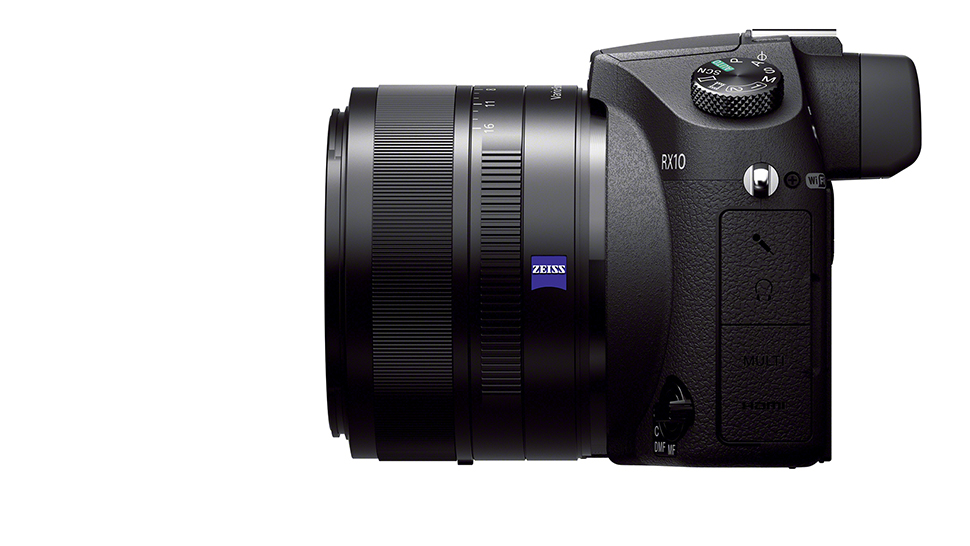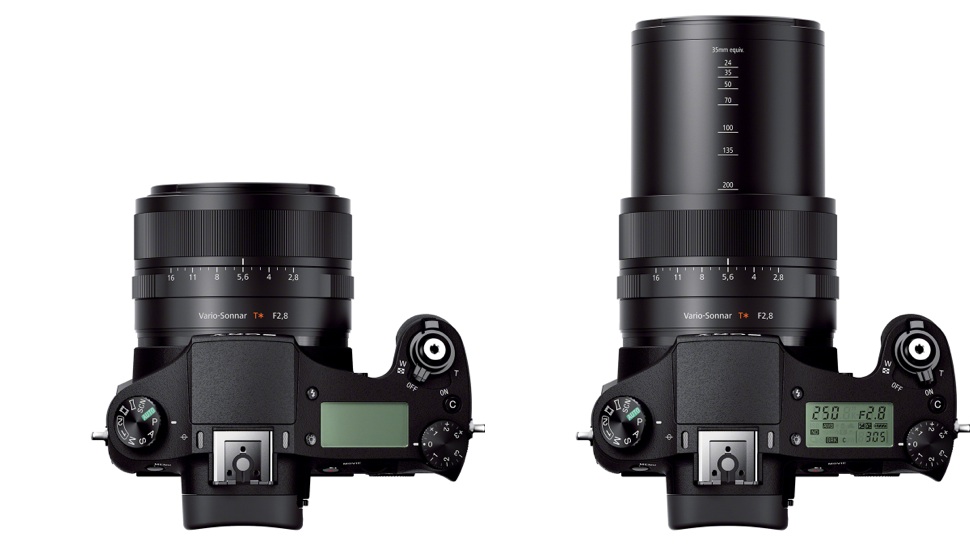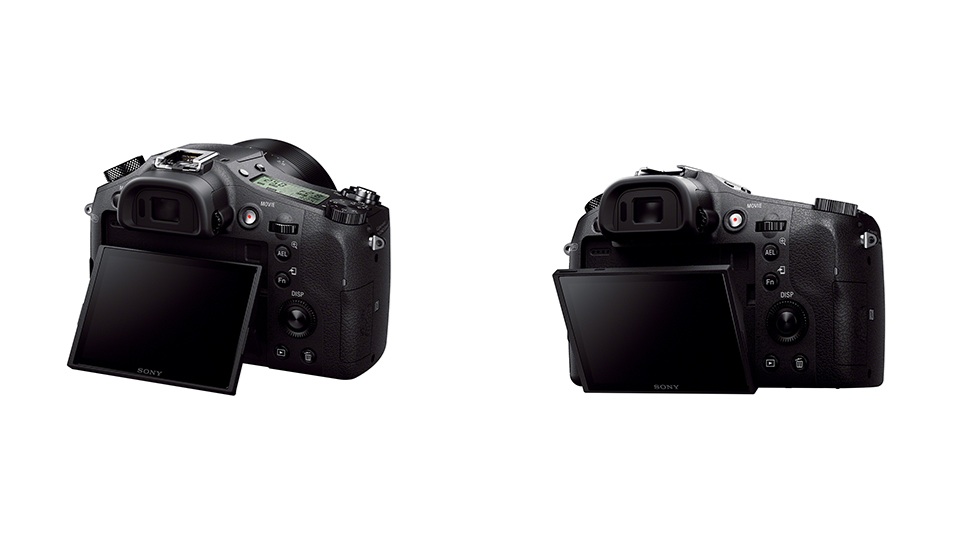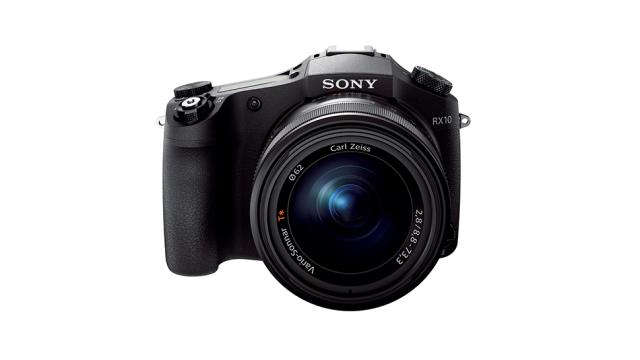Sony’s expanding its line of snazzy high-end point-and-shoot cameras with yet another formula we haven’t seen before. The new RX10 takes the design of the superzoom “bridge” cameras popular with amateurs and juices it with an enthusiast-quality image sensor and dope optics. Like the entire RX-line, the new shooter promises impressive image quality for a hefty price.
Sensor

The RX10 features the same excellent image sensor that’s inside the RX100 II and QX100. The one-inch Exmor R imager is the largest backside-illuminated sensor on the market. The BSI architecture allows Sony to squeeze larger photodiodes onto the chip, which in turn perform better, especially in low-light. In practice, this lets the camera get the image quality of camera with a larger chip — and a larger build.
Lens

We’ve already tested the two aforementioned shooters with this sensor, so we know it’s great. What makes the RX10 remarkable is the 24-200mm (35mm equivalent) lens, which provides 8.3X magnification at a consistent f/2.8 maximum aperture throughout the zoom range. This is awesome and entirely new to point-and-shoots. When you zoom in on a regular p+s camera your maximum aperture size decreases as the magnification increases. This helps keep the cameras compact, lightweight and relatively affordable. The trade-off, of course, is that a smaller aperture lets in less light and can’t achieve dramatic, shallow depth-of-field.
Body and handling

It follows that the RX10’s consistent maximum aperture throughout the camera’s zoom range makes for a heaping hunk of lens and a larger body. The result, is a build that resembles a small-sensor super zoom. (I should probably note, that superzooms are often capable of 40x zoom or higher.)
A big part of what a lot of people like about superzoom cameras is that they’ve got larger, substantial bodies with more manual operability built into them in the form of buttons and knobs. Plus, everyone will appreciate the camera’s tilting three-inch LCD. Superzooms kind of feel like DSLRs sometimes, and indeed, the RX10 hardware looks a lot like what you’d expect from a budget DSLR.
Beyond the camera’s body, Sony has built handling into the lens with optional manual focus, manual zoom, and a ring that lets you set the camera’s aperture. I appreciate all of this attention to detail but I should note one observation: Zooming from 24mm all the way to 200mm requires several twists of the lens, which takes precious time. You’ve also got the option of zooming with a lever on the camera’s body.
Processor, Wi-Fi, etc

As for the engine inside, The RX10 features Sony’s new Bionz X image processor, which the company says allows the camera to render exceptionally detailed JPEGs, and allows for high-speed continuous shooting at up to 10 frames per second. The new processor also enables the camera to shoot 1920 x 1080 at a 60p frame rate — not too many cameras at any price can do that.
As with the RX100 II, the RX10 has Wi-Fi on board that lets you control that camera remotely and wirelessly transfer photos to your phone with Sony’s PlayMemories app for iOS and Android. As before, the camera’s got NFC for easy pairing.
What is this thing?
We could keep tediously listing RX10 features forever, but suffice it to say that this thing is undoubtedly a monster. It’s awesome. At a $US1300, it’s also really expensive, which brings up the important question of who this camera is for, and who realistically should buy it.
The RX10’s fixed-lens design is based on the important and correct observation that a lot of people who buy lower-end interchangeable-lens cameras — whether DSLR or mirrorless — never shoot with anything other than the included kit lens. These people don’t really want interchangeable lenses, they want better image quality, manual features, or both. Sony’s right that a lot of these people would be satisfied with a point-and-shoot that had the right features. With the RX10, Sony appears to have built that point-and-shoot, but man, $US1300 is a ton of paper. You can get a lot of interchangeable-lens camera for that kind of money, and for that reason I’m afraid that for all of the RX10’s probable radness, it might be pushing the limits of what its intended market will support. But as with a lot of Sony’s recent experiments in digital imaging, it’ll be interesting to see what market this definitively new concept camera finds.
Out November.
